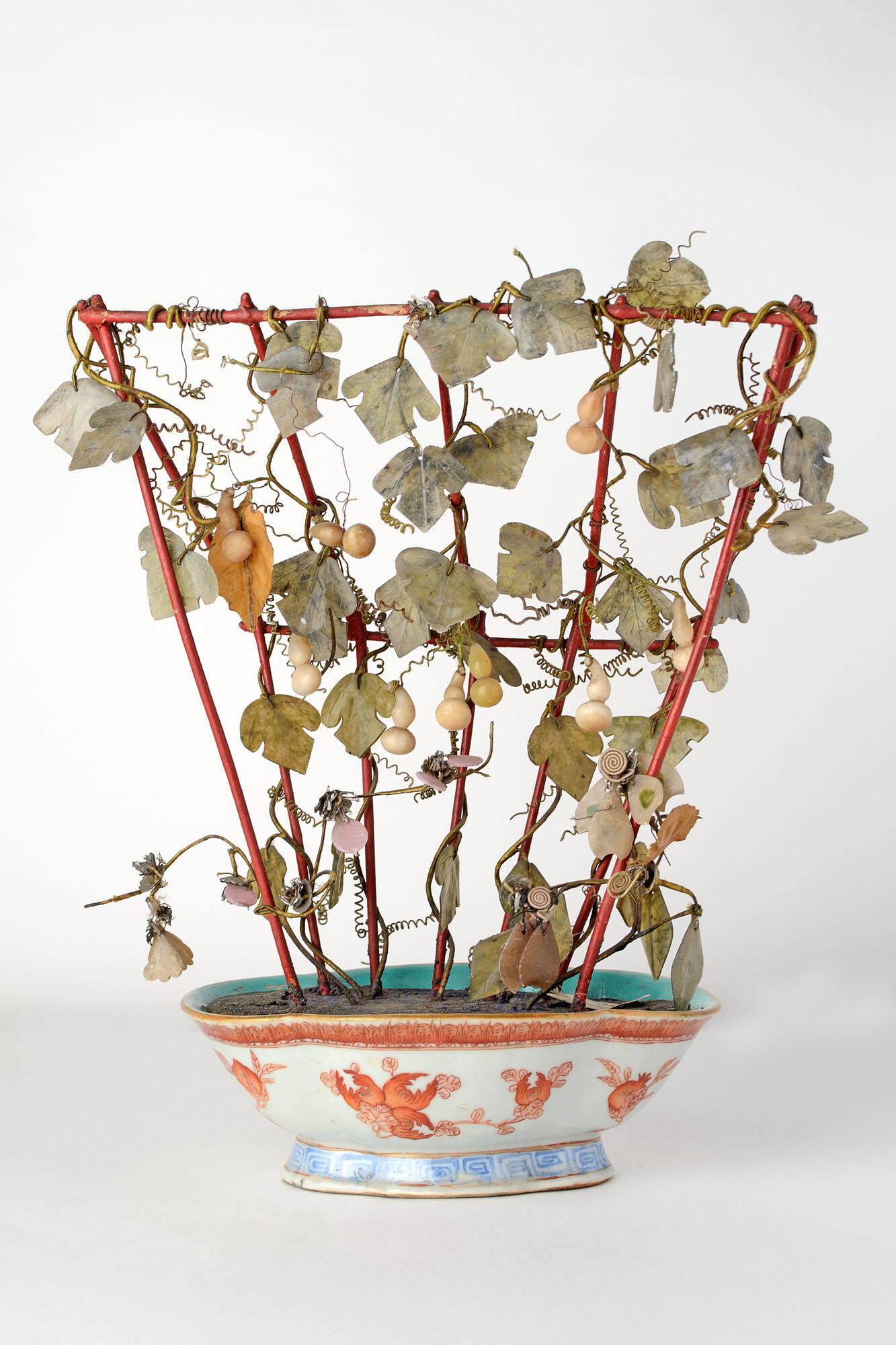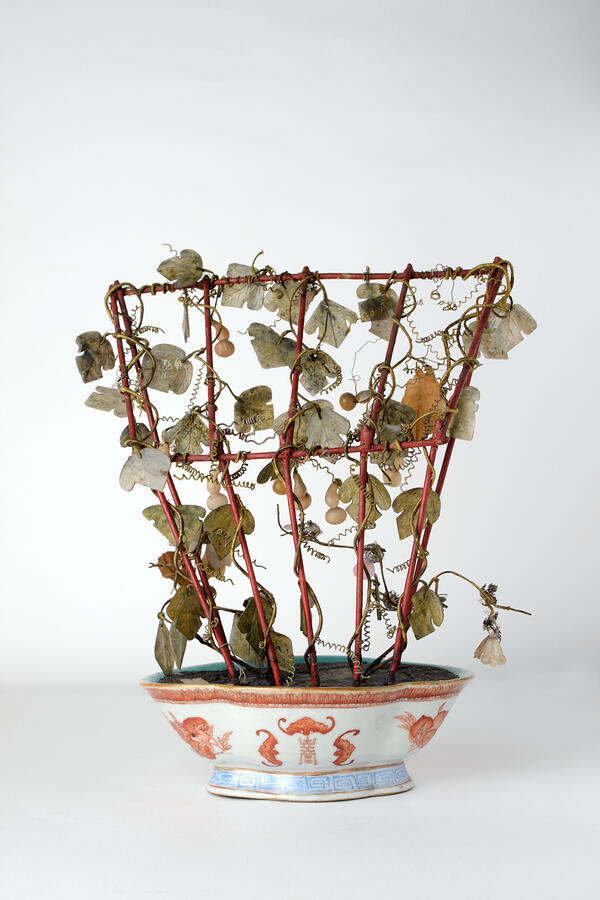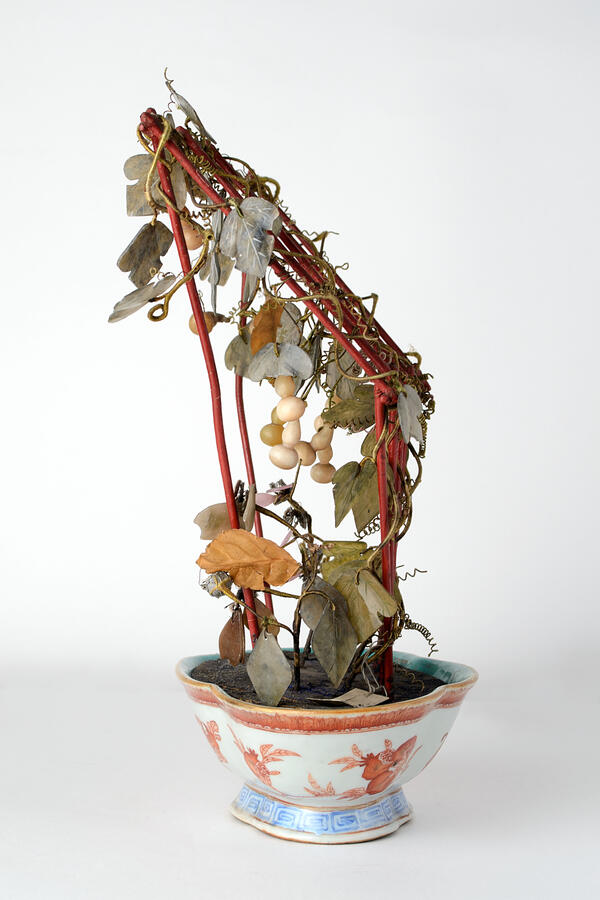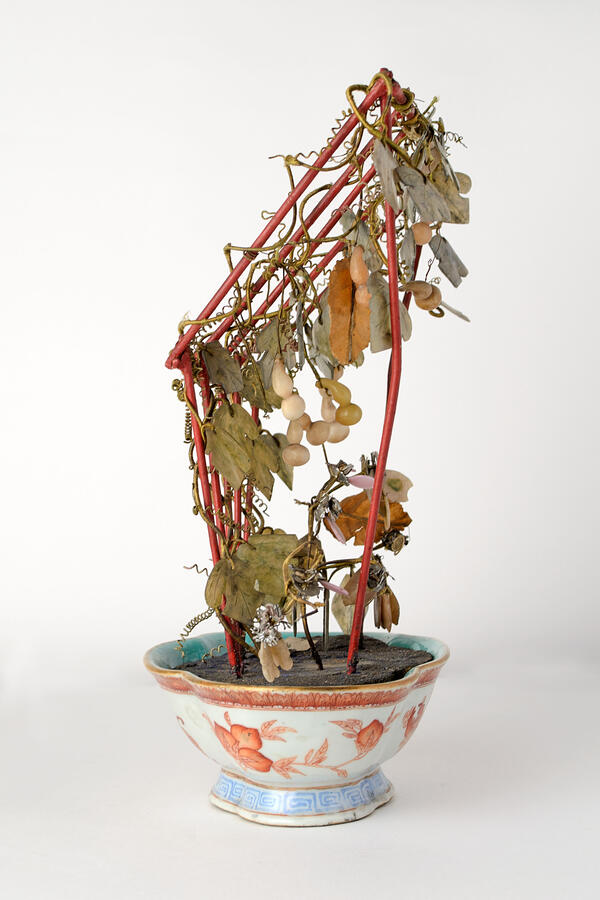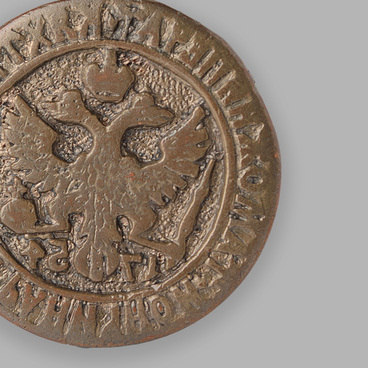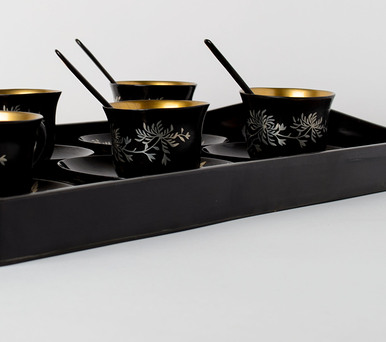Stone carving holds a special place in small-scale sculpture. For this technique, soft rock was usually chosen such as limestone, agalmatolite, or steatite. Jade is a term used by mineralogists to refer to two different mineral species.
Jadeite or Chinese jade is the less common and more precious of the two types, although nephrite or New Zealand jade is also very popular as a material for carving, especially in China, where jade is most expensive and held in particularly high esteem.
In China, nephrite is considered the king of all stones. It is valued for its hardness, durability, beauty, and suitability for making musical instruments. This mineral represents wisdom and eternity, heaven and earth. The translucent texture of nephrite is associated with the soul and spiritual aspirations.
The Chinese believe that nephrite possesses many unique qualities and properties. Nephrite jewelry has a special meaning and can be worn as a talisman. According to local beliefs, nephrite can help fight fatigue and give strength.
In the past, nephrite spoons, spatulas, and pestles were used for making medicines and were thought to impart their healing properties to the ingredients. Ground nephrite was often used as a medicine. It was believed that nephrite would darken if held by a person who persisted in their delusions.
Due to its beautiful color palette and texture, jadeite is widely used for making rings, brooches, pendants, earrings, and strings of beads. Especially valuable are high-quality translucent green stones.
The Kyakhta Museum houses a remarkable décor piece “Grapevine”. Vines run across the stand. The leaves are made of nephrite, and the grapes are made of jadeite. The stand with the grapevines is mounted on a porcelain vase.
This décor piece includes
vine shoots made of wire and an unusual, elongated vase. Against the vase’s white
background, there is a red and brown floral pattern and a band along the edge.
At the bottom, there is a light blue geometric pattern. The inside of the vase
is turquoise-colored. The wooden stand has four carved legs decorated with Chinese
characters.
